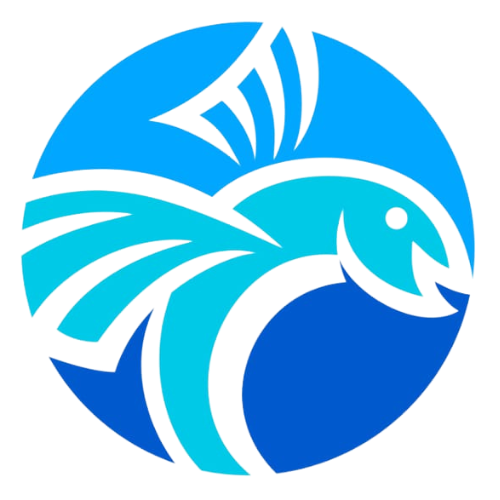The sport fishery in Barbados is considered of high cultural and economic importance, however its contribution to the island’s fishing industry remains largely undocumented. As such, there is a dearth of documentation related to the importance and contribution to the fisheries sector. This study aims to describe the current state of Sportfishing in Barbados, highlighting its social, environmental and economic relevance. Data were gathered between June and August 2025 through structured interviews with boat owners and captains, informal conversations with crew members, personal observation and participation in tournaments and numerous fishing trips.
There are an estimated 200 sport fishers currently active in Barbados, operating across 4 major ports (Careenage, Shallow Draught, Port St. Charles and Port Ferdinand). Most fishers are between 40-50 years old and are well educated. The main target species include large pelagics such as white and blue marlin, yellowfin tuna, wahoo, dolphinfish and barracuda. The Barbados Game Fishing Association (BGFA), established in 1961, plays a central role in organizing tournaments, promoting sustainable practices and implementing initiatives for junior and female anglers.
Preliminary findings suggest the sport fishery contributes significantly to the local economy, generating an estimated BDS $2.55 million in annual revenue, primarily through tournament hosting and charter fishing. However, challenges such as limited data collection, lack of regulation, and inadequate monitoring hinder sustainable management. Further developments of sport fishing including collaborative research and technological advancements are required to realize the full potential of the sector and to ensure its long term viability in Barbados.

